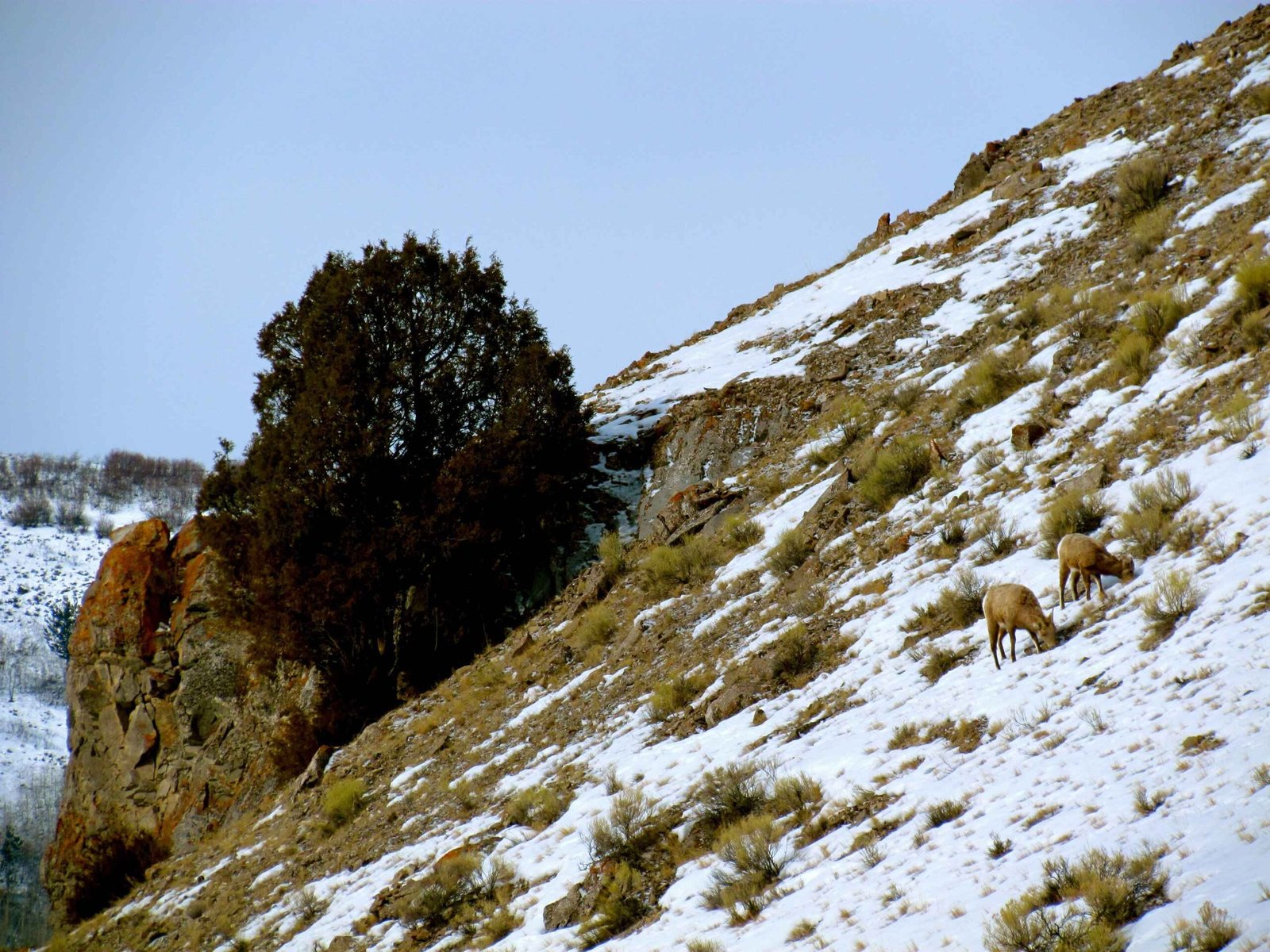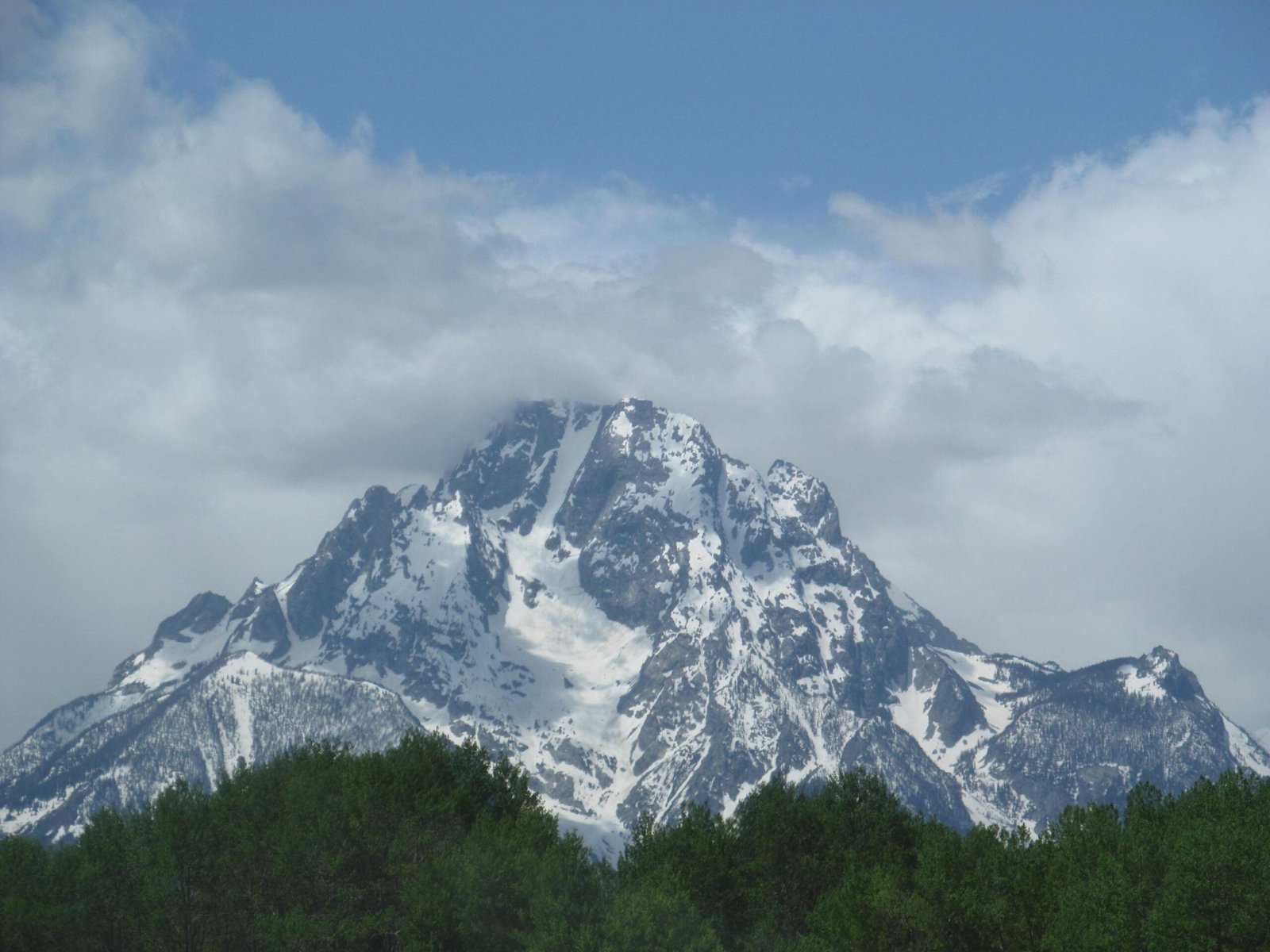Grand Teton National Park offers an extraordinary stargazing experience with minimal light pollution, expansive dark skies, and stunning mountain landscapes. Astronomers and night sky enthusiasts can explore multiple pristine locations that provide unparalleled views of the Milky Way, constellations, and celestial phenomena, making it a premier destination for those seeking astronomical adventures in the heart of Wyoming’s wilderness.
What Makes Grand Teton National Park a Stargazing Paradise?

Grand Teton National Park provides an exceptional environment for stargazing due to its unique geographical and astronomical characteristics. The park’s high elevation, minimal light pollution, and clear mountain air create perfect conditions for observing celestial wonders.
Why Are Dark Skies Important?
| Dark Sky Factor | Impact on Stargazing |
|---|---|
| Low Light Pollution | Enhanced visibility of stars, planets, and galaxies |
| High Elevation | Clearer atmospheric conditions |
| Minimal Urban Interference | Unobstructed celestial views |
Where Can You Find the Best Stargazing Spots?
Top Stargazing Locations
- Antelope Flats
- Easily accessible pullouts
- Wide-open landscape
- Minimal terrain obstruction
-
Close proximity to park amenities
-
Snake River Overlook
- Iconic photography location
- Panoramic mountain views
-
Strategic positioning for night sky observation
-
Alaska Basin
- Remote backcountry location
- High elevation (9,000+ feet)
- Treeless terrain
- Requires advanced hiking skills
What Equipment Should You Bring?
Essential stargazing equipment includes:
– Binoculars or telescope
– Red-light flashlight
– Warm clothing
– Star chart or smartphone astronomy app
– Camping/hiking gear for extended observations
How to Prepare for Night Sky Photography?
Preparation tips for capturing Grand Teton’s night sky:
– Use tripod-mounted camera
– Select wide-angle lens
– Set high ISO (1600-3200)
– Use long exposure settings
– Bring extra batteries
– Consider remote shutter release
When Is the Best Time to Stargaze?
Optimal stargazing periods:
– Summer months (June-August)
– New moon nights
– Clear weather conditions
– Late evening to early morning hours
What Celestial Objects Can You Observe?
Potential astronomical observations:
– Milky Way galaxy
– Planetary alignments
– Meteor showers
– Constellations
– Occasional aurora borealis
Safety Considerations for Night Sky Exploration
Critical safety guidelines:
– Check weather forecasts
– Inform park rangers about your plans
– Carry emergency communication device
– Be aware of wildlife
– Dress in layers
– Bring sufficient water and supplies
Pro Tips for Memorable Stargazing

- Arrive before sunset to acclimate to darkness
- Allow 30 minutes for eyes to adjust
- Use red-light devices to preserve night vision
- Stay patient and observant
- Respect park regulations and leave no trace
Astronomy Resources
- Wyoming Stargazing organization
- Grand Teton National Park visitor center
- Local astronomy clubs
- Online stargazing forums
Final Recommendations
Grand Teton National Park offers an unparalleled stargazing experience that combines natural beauty with celestial wonder. Whether you’re a professional astronomer or casual sky watcher, the park’s dark skies and stunning landscapes promise an unforgettable night under the stars.

